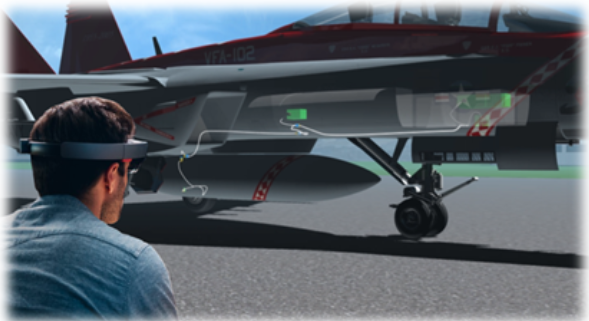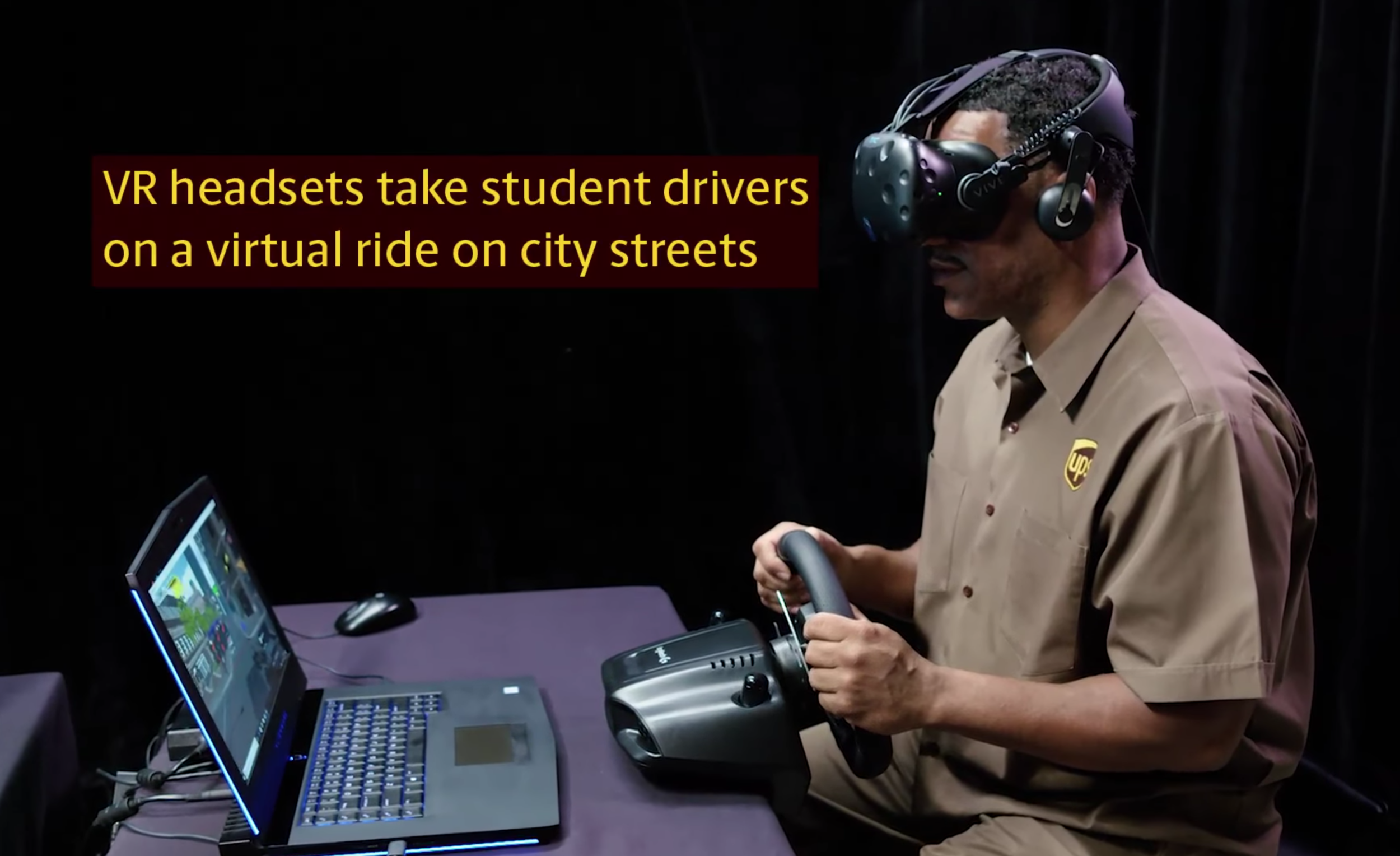Pokemon Go may have brought it mainstream, but augmented reality (AR) is more than just a tool to get kids off the sofa. The technology is finding its way into a number of uses for business, including learning and development.
What exactly is AR and how are companies using it? It's essentially a mix of virtual reality and the real world: your actual location with images or information superimposed into the picture. AR can overlay maps, steps, data and more. It provides instructions, answers questions and, for example, can compare what a worker is doing to specifications for a task, offering input to perform the work correctly.
Tomorrow’s tools working today
The technology is already in use at plenty of worksites. Using Google Glass AR headsets, GE Aviation connects mechanics to specifications: as they use their digital torque wrench, the system tells them immediately when they have the exact fit to seal hoses and fluid lines. In healthcare, surgeons and nurses may wear glasses that display a patient’s vital signs in real time as treatment is being administered. In construction, AR can map out plans against the workspace, allowing workers to see what they should be doing in 3D, rather than having to check against blueprints.
Honeywell says it's using the world’s "first and only self-contained holographic computer." A headset that uses Microsoft’s Hololens provides a mixed reality view that gives learners a chance to explore in a combination of the real world and virtual space. "These active learning methods use sight, sound and touch, codifying learning," Vincent Higgins, director of technology and innovation, Honeywell Connected Plant, told HR Dive in an email.
"We are finding that Honeywell’s Skills Insight Immersive Competency, which uses augmented and virtual reality, really boosts retention rates," he said. "Technical staff are better prepared to face the challenges of a constantly changing work environment.”
Tapping into the 'wow' factor
The tech has certainly caught users' attention. "AR has started out primarily in new customer-facing applications to bring a 'wow' factor to websites or mobile apps," said Christa Manning, vice president of solution provider research for Bersin, Deloitte Consulting LLP, in an email. It's been used to help shoppers imagine how furniture might look in a home or to show airline frequent travelers how to navigate airport terminals, she told HR Dive. But the tech has moved to address the needs of business.
Early adopters telecom, for example, are using AR to support workers in the field who are servicing remote equipment. "With lots of data being generated by the 'Internet of Things' (IoT) and devices everywhere throwing off information," Manning said. "AR can be critical to help human beings process all of this information in real time and in context."
There are three main "horizontal applications of AR in B2B at the moment," Tuong Nguyen, principal research analyst at Gartner, told HR Dive in an email: "task itemization, collaboration, and see-what-I-see video." Task itemization delineates the steps needed to perform; collaboration gives employees resources and data needed while SWIS allows others to participate in the task from a remote location.
“Augmented Reality and VR represent an innovative alternative to instructor-led training,” John Buzzell, president of You Are Here said in an email to HR Dive. “Both can dramatically reduce training times, improve consistency and enhance recall, leading to higher quality and speed that helps companies retain the employees they spend so much money to recruit.”
Making the (virtual) leap
For business considering adopting AR, the challenge may be more than just identifying a need. Preparing employees and learners to use the technology can be difficult. "As they bring new AR approaches," said Manning, "learning professionals should consider that this can cause cognitive overload for many users. Having to learn not only a new set of information but also a new tool for conveying the information and adjusting their own ways of working and learning at the same time."
She recommends learning professionals coordinate very closely with IT to make sure they have access to the right hardware, as well as Wi-Fi that can keep up with timely processing of all the data. "Like any new technology or change in the business," she said, 'learning professionals really have to focus on supporting the workers empathetically through the change and market the benefits for the worker as well as the business."
Buzzell suggests that businesses have a solid strategy before implementing new tech: “You must build a solid 'customer experience' for your team, create a framework that makes sense for your organization, and make the transition as smooth as possible," he said. There are resources available, such as professional organizations like the VR/AR Association. He also noted that many device manufacturers or solution providers offer "adoption dollars" that can help companies start the transition to immersive tech.
They might be more ready than you think
If it’s deployed properly, adoption may not be solely about teaching staff how to do something differently, Nguyen said; "it’s giving them a tool that makes their job easier/faster/safer.” If an employee has been trying to drive a nail with a shoe and you hand them a hammer, they really don’t have to “learn” how to use it, he said; you’ve simply provided a tool that makes them more effective.
Curiosity may well drive learning, too, Manning noted. “As much as AR can be overwhelming, it can be very powerful to tap into human curiosity and to make learning new things or applying new information more compelling and fun.”
Don’t overlook capitalizing on the novelty of the tech, she said. “Simply trying it out in a pilot or test area will help attract new digital workers and/or ease more hesitant employees into a new area.” But AR must be in the context of a mature and sound workforce support and enablement technology strategy. “Like any new type of technology,” she said, “there will be fits and starts and it will never be the end all be all, but [it] should be part of an overall portfolio focused on productivity.”
Source






















